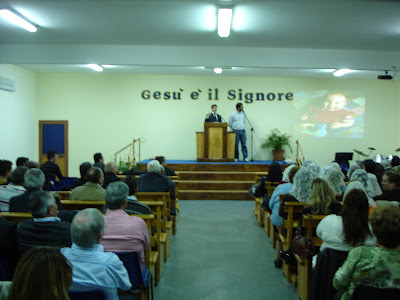In today’s
New York Times there is a review by Stanley Fish of
Terry Eagleton’s book
Reason, Faith and Revolution. It is worthwhile reading the whole article as it is part of the ongoing global debate initiated by the likes of atheists Richard Dawkins and Christopher Hitchens (from whom Eagleton derived contemptuously the fictional character ‘Ditchkins’.)
The interesting thing is that Eagleton does not profess to be a Christian; however he attacks the poor arguments of Ditchkins in their war against religion and in particular Christianity.

In the opening sentence of the last chapter of his new book, “Reason, Faith and Revolution,” the British critic Terry Eagleton asks, “Why are the most unlikely people, including myself, suddenly talking about God?” His answer, elaborated in prose that is alternately witty, scabrous and angry, is that the other candidates for guidance — science, reason, liberalism, capitalism — just don’t deliver what is ultimately needed. “What other symbolic form,” he queries, “has managed to forge such direct links between the most universal and absolute of truths and the everyday practices of countless millions of men and women?”
Progress, liberalism and enlightenment — these are the watchwords of those, like Hitchens, who believe that in a modern world, religion has nothing to offer us. Don’t we discover cures for diseases every day? Doesn’t technology continually extend our powers and offer the promise of mastering nature? Who needs an outmoded, left-over medieval superstition?
And as for the vaunted triumph of liberalism, what about “the misery wreaked by racism and sexism, the sordid history of colonialism and imperialism, the generation of poverty and famine”? Only by ignoring all this and much more can the claim of human progress at the end of history be maintained: “If ever there was a pious myth and a piece of credulous superstition, it is the liberal-rationalist belief that, a few hiccups apart, we are all steadily en route to a finer world.”
“Self-sufficient” gets to the heart of what Eagleton sees as wrong with the “brittle triumphalism” of liberal rationalism and its ideology of science. From the perspective of a theistic religion, the cardinal error is the claim of the creature to be “self-originating”: “Self-authorship,” Eagleton proclaims, “is the bourgeois fantasy par excellence,”
The book starts out witty and then gets angrier and angrier. I spent some time trying to figure out why the anger was there and I came up with two explanations.
One is given by Eagleton, and it is personal. Christianity may or may not be the faith he holds to (he doesn’t tell us), but he speaks, he says, “partly in defense of my own forbearers, against the charge that the creed to which they dedicated their lives is worthless and void.”
The other source of his anger is implied but never quite made explicit. He is angry, I think, at having to expend so much mental and emotional energy refuting the shallow arguments of school-yard atheists like Hitchens and Dawkins. I know just how he feels.















































